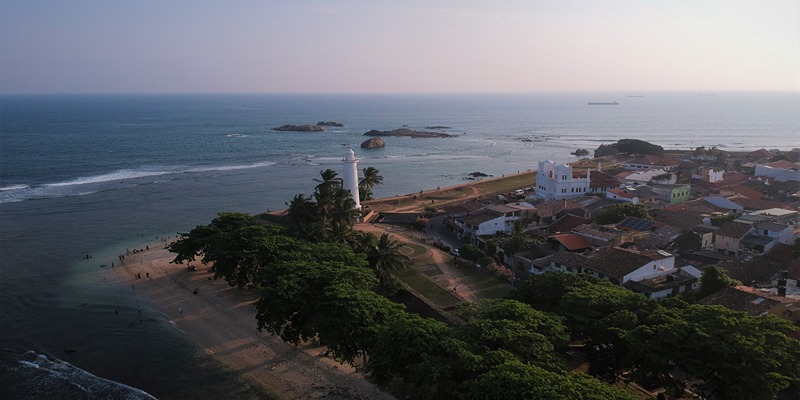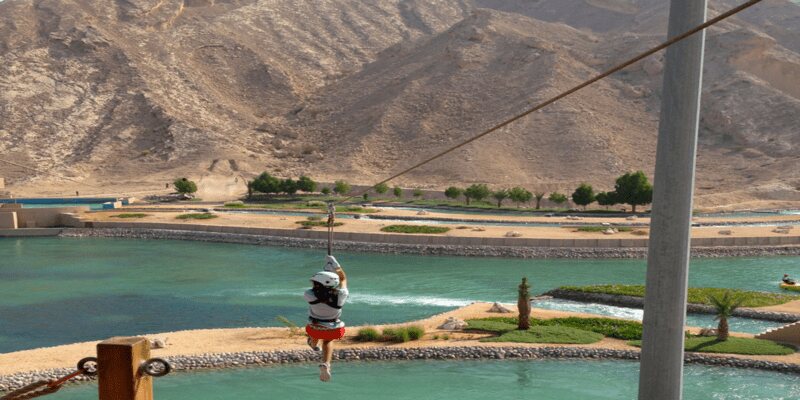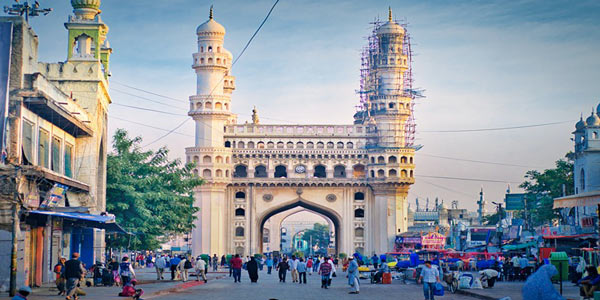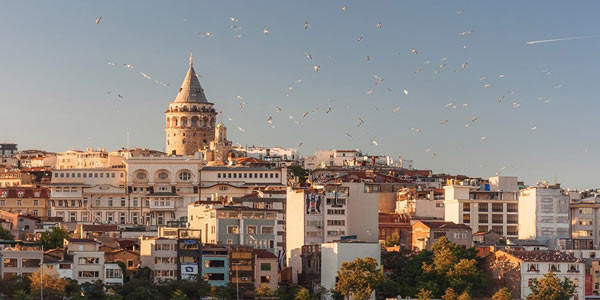Museums serve as formidable portals, transporting visitors across diverse eras and cultural spheres. In these hallowed spaces, the temporal boundaries that commonly demarcate past from present yield to an immersive experience. Within the walls of a museum, artifacts tell stories, exhume forgotten worlds, and foster dialogues that span across millennia. Hyderabad, an Indian city teeming with an entangled yet harmonious mixture of traditions, offers a series of museum experiences that illuminate its rich cultural quilt. Through this journey, we shall explore three cardinal vertices that shape Hyderabad's identity: the opulence and sophistication inherent in its Nizami heritage, the depth and nuance found in artifacts from the Deccan's historical past, and the vibrant and animated landscape of South Indian culture.
Exhibitions Showcasing Nizami Heritage
Salar Jung Museum: A Repository of Nizami Elegance
Situated along the southern bank of the Musi River, the Salar Jung Museum burgeons as an embodiment of Hyderabad's Nizami heritage. It holds an intriguing assortment of art forms from different corners of the world, but the exhibits featuring Nizami culture are particularly riveting. Here, one can experience the opulence that characterized the courts of the Nizams, rulers renowned not just for their military prowess but also for their aesthetic sensibilities and intellectual pursuits.
Exquisite Collections Worth Admiring Intensely
A sojourn through this museum feels incomplete without beholding its Nizami artifacts—treasures that exude an almost ethereal grace. Prominent among these are miniature paintings that capture the essence of the era with their meticulous detail. Swords adorned with gems and intricate calligraphy mark the martial traditions of the Nizam rulers, while the royal attire—cloaks and sherwanis embroidered with gold—represent an age of unparalleled grandeur. These artifacts don't just exist as isolated pieces; they amalgamate to create a rich narrative that encompasses social hierarchies, aesthetic principles, and the diplomatic interactions of the Nizam dominion.
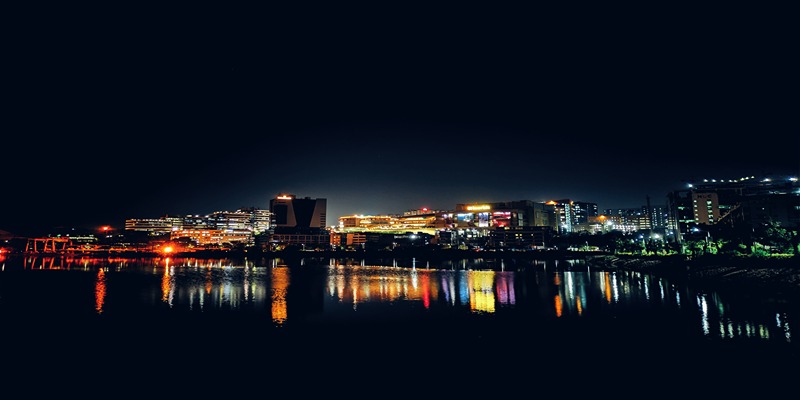
Beyond Exhibits: Experiencing Nizam Through Supplementary Activities
While the artifacts offer profound allure, the museum elevates the visitor’s experience through supplementary elements. Guided tours breathe life into static exhibits, offering nuanced tales and legends that emanate from the objects. Interactive displays complement the artifacts, some employing cutting-edge technology to augment the viewer's understanding. One can engage in touchscreen quizzes based on the Nizam era or take a virtual stroll through reimagined palaces. By partaking in these activities, visitors not only delve into the art and the history but also come away with a sense of living connection to the Nizami legacy that transcends mere visual appreciation.
Artifacts From the Deccan's Historical Past
The Hyderabad State Museum: Preserving Antiquity
Positioned as one of the oldest museums in Hyderabad, the Hyderabad State Museum, also commonly known as the Telangana State Archaeology Museum, manifests a compelling narrative focused on the Deccan region's multifaceted past. Established in 1930, the museum's raison d'être hinges primarily on its archival role. It stands committed to safeguarding artifacts that serve as vital records of Deccan's extensive history, dating from prehistoric times to the medieval period. Its mandate encompasses not merely the acquisition of historical objects but also the dissemination of knowledge regarding the civilizations that thrived on this plateau. Consequently, the museum’s galleries turn into spaces where scholarly research meets public curiosity.
Chronicles Made Tangible: Objects of Remarkable Historical Significance
Navigating through the museum, one inevitably encounters an array of artifacts that concretize the otherwise abstract chronicles of Deccan history. Ancient coins, imprinted with symbols and scripts, shed light on the socio-economic systems that once pervaded the land. A gamut of pottery—varied in form and decoration—offers glimpses into the daily lives and artistic endeavors of ancient societies. Sculptures, predominantly religious in nature, expose the complexities of spiritual belief systems and artistic motifs that were prevalent. These objects collectively act as windows into the lifestyle, spirituality, and governance that framed the historical narrative of the Deccan region.
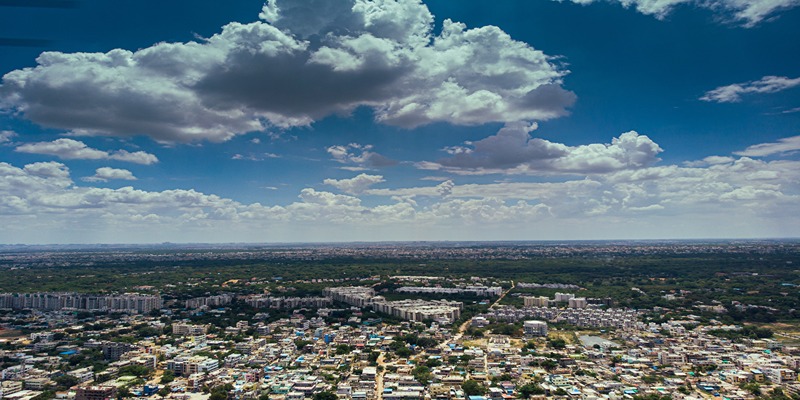
Temporal Layers: Interacting with Past Epochs
Beyond the physicality of the artifacts, the museum employs a suite of modern technologies to enrich the visitor's engagement with the past. Augmented reality installations, strategically placed adjacent to key exhibits, bring static objects to vivacious life. Visitors, wielding tablets or smartphones, can witness how a chipped coin looked in its prime or how a fragmentary sculpture stood as part of a temple edifice. The technology provides an experiential layer that enhances the historical narrative, creating a multidimensional space where past and present coalesce, and where history, reanimated, commingles with contemporary understanding.
Journey Into South Indian Culture
Birla Science Museum: A Kaleidoscope of Regional Customs
The Birla Science Museum, although not a conventional cultural repository, unfurls a captivating narrative on South Indian traditions through a medley of modern technologies and display techniques. Here, tradition and technology find a harmonious union, offering a multimedia experience that transcends static exhibits. A gallery dedicated to South Indian culture employs interactive digital media, 3D visualizations, and even holograms to vivify regional art forms, cooking practices, and religious rituals.
Vestiges of a Rich Tapestry: Folk Arts and Performances
In the said gallery, a specialized segment pays homage to the variegated folk arts and performances that dot the South Indian cultural landscape. Mannequins dressed in traditional dance attires—like Bharatanatyam and Kuchipudi—occupy one corner, while miniature models of folk theater setups populate another. These display elements come accompanied by touch screens offering clips of live performances. Showcases feature a range of local handicrafts: palm leaf paintings, sandalwood carvings, and Kalamkari textile art. Each object, in its own nuanced way, encapsulates the spirit, ingenuity, and complex aesthetic of the culture it emanates from.
Imbibing Local Sensibilities Through Workshops and Talks
But the journey doesn't end with mere observation. The museum offers an array of workshops and interactive talks designed to immerse visitors more profoundly in South Indian culture. These activities, often led by local artisans or scholars well-versed in regional histories and art forms, grant participants the opportunity for hands-on experience. Whether learning the rudiments of a folk dance, partaking in a cooking workshop on South Indian cuisine, or engaging in a vibrant discourse about the region's philosophical traditions, the museum allows for a more engaged, enriched connection with the culture.
Making the Most of Your Cultural Excursion in Hyderabad
Availability: 10:00 am to 5:00 pm
Planning ahead ensures a seamless experience. Wheelchair-accessible routes and facilities abound, and parking options are usually available but may require an early arrival to secure a spot.
Tips for a Fulfilling Museum Experience
Preparation, indeed, enhances one's museum odyssey. First, consider availing yourself of the guided tours. Typically, these tours not only elucidate the exhibits but imbue them with narratives and contexts often missed by the casual observer. Second, contemplate visiting on weekdays; weekends often draw large crowds, hindering an intimate engagement with the exhibits. Finally, bring along a camera. While some areas prohibit photography, capturing memories in non-restricted spaces offers a tangible memento of your cultural voyage, rendering the experience both immediate and enduring.
Conclusion
Hyderabad is home to a number of world-class museums where visitors may immerse themselves in the city's rich cultural history and tradition. These establishments act as powerful reservoirs and disseminators of various information, including the lavish legacy of the Nizami emperors, the in-depth chronicles of the Deccan, and the vibrant tapestry that characterizes South Indian culture. To make the most of your time there, though, you'll need to put in some forward planning and be open to trying new things. Prepare yourself for an illuminating voyage through time and culture by packing a camera, taking advantage of informative excursions, and avoiding the hordes of weekend tourists. The museums want you to participate in an ongoing story by blending the past with the present.

